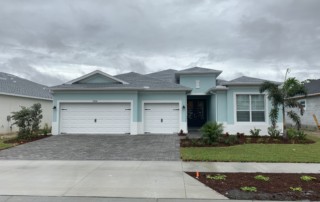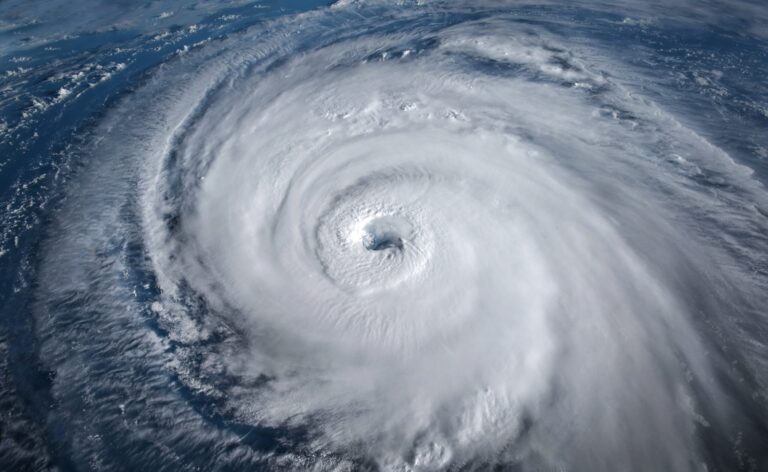One of the aspects of South Florida life which we love the most is being drenched in sunshine. Even during our rainy season, we still experience ample amounts of sunlight on most days of the year. Living in paradise has its perks, and bright blue skies are one of them.
Many Venice and Englewood homeowners look to take advantage of all this natural light by incorporating home design elements which let the sun shine in. Skylights are a popular way to not only increase the natural light in homes but to save on electricity bills and increase natural ventilation. After all, with sunlight illuminating the space during daylight hours, no lamp or bulb is needed. But are skylights right for every roof design?

Will Your Roof Design Accommodate Skylights?
The good news is that nearly every roof design offers plenty of opportunities for you to install skylights. However, there are some placement tips which will allow you to get the most out of your new skylights, increase your home’s efficiency, and enjoy our Florida sunshine.
Skylight placement is dependent largely on where your rafters are located (or more specifically, are not located), as well as the sun exposure on your roof and the room you wish to illuminate. Once you determine the best place to install your skylight based on roof design, you may need to trim back trees in order to maximize the sun exposure at all times of the day. In order to get the most productivity out of your skylight. you want it positioned to receive sunlight as the sun moves across the sky.
- Fixed skylights do not open for air ventilation, and are best for low-lit areas like attics and stairwells.
- Ventilated skylights are perfect for kitchen and bathrooms, as they help to remove excess moisture and keep fresh air flowing.
- Tubular skylights effectively provide natural light when the required roof space to install a traditional skylight is not available. Tubular skylights consist of a parabolic lens for light collection, a highly-reflective tube, and an interior fixture which may be combined with an electrical light as a backup.
- Curb mounted skylights are among the most popular styles of skylights, as they are affordable, insulate the interior air, and are more leak resistant. Curbs mounted skylights are the simplest of all skylight designs and have the least stressful impact overall to your roof design.
- Pyramid skylights are most typically seen on a flat roof design, these skylights are installed with several slopes or pitch options, and cover a square or rectangular hole in the roof.
- Dome Skylights are constructed from flexible plastics, and the shape allows for sunlight to be dispersed evenly across the room below, illuminating the entire space. Dome skylights are suitable for both residential and commercial applications, often used in malls or office buildings.
- Ridge skylights follow the same plane as the roof pitch, with the ridge of the skylight following the ridgeline of the roof, letting in a significant amount of light and offering more exposure than a comparably sized window.
Are Some Roofing Materials More Conducive to Installing Skylights?
It is easier to cut through some types of roofing materials – such as asphalt shingle and metal roofs – without causing any damage or stress to adjacent areas. Skylights can be installed on tile or even stone roofs, but because these materials are more likely to crack or break, it is recommended that you hire a professional installer, and do not attempt to install the skylight on your own.
If you have questions about the viability of your roof design to accommodate a skylight – or if you are considering incorporating skylights into your new roof installation – call the experts at Kingdom Roofing. Our family-owned roofing business has been building homes and installing roofs in the Venice area for decades, and you can trust our expertise4.



